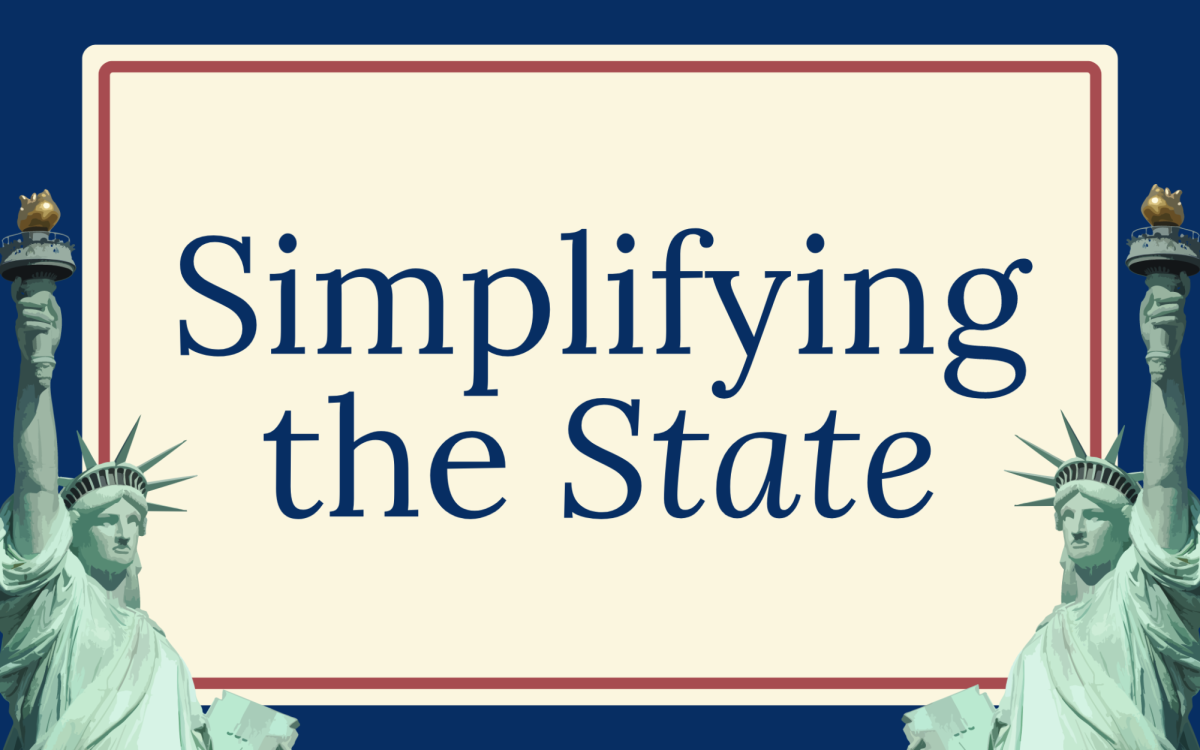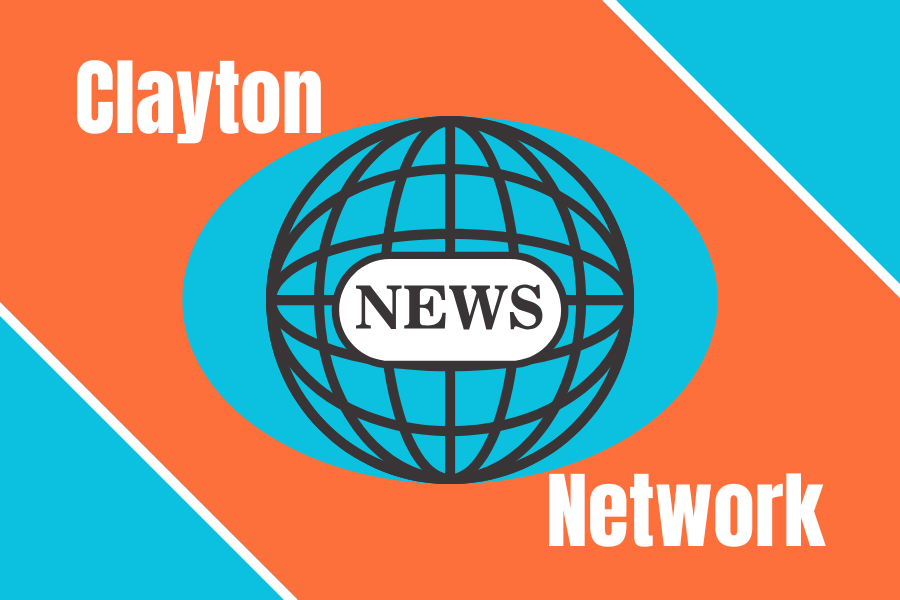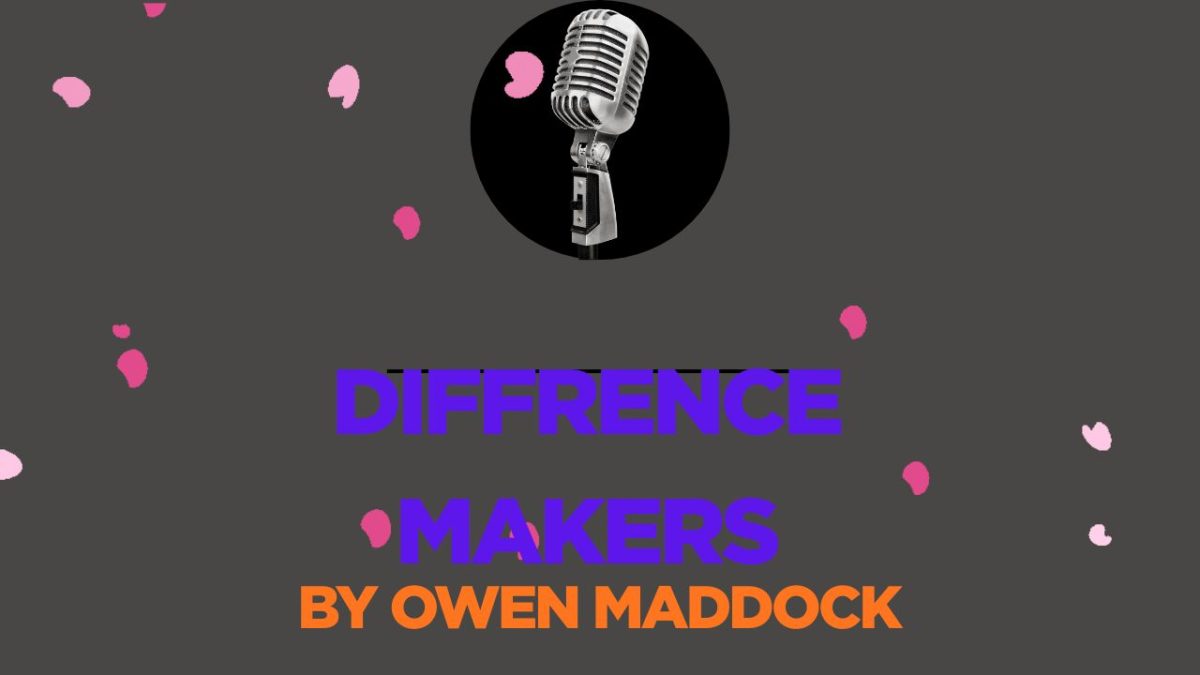Adam (00:00.726)
Welcome back to “Simplifying the State”, I’m Adam Watson.
Nicholas (00:03.739)
And I’m Nicholas Perrin.
Adam (00:05.516)
Okay, so Nicholas, what do you think Ukraine, Ethiopia, and the Philippines have in common?
Nicholas (00:14.255)
They’re all countries.
Adam (00:16.642)
That is true. Want to take another guess?
Nicholas (00:21.501)
Uhhhh… They all have yellow on their flag.
Adam (00:28.718)
Wait, does the Philippines have yellow on their flag?
Nicholas (00:34.235)
Yeah, they have it in the little thing inside the white triangle.
Adam (00:39.952)
Yeah, they’ve got the star pattern thing. Well, that is also true, but no, all three of these countries benefit from USAID, which is going to be the topic of today’s episode. So, Nicholas, do you want to give us a brief history of what exactly USAID is?
Nicholas (00:56.285)
Yeah, sure thing. So, USAID, also shortened to USAID, is a sector of the government created by an executive order issued by John F. Kennedy in 1961. Throughout its life, it has, you know, provided, as the name implies, aid to foreign countries, especially in terms of poverty reduction after natural disasters, and has done a lot of good across the world. However, it has had its fair share of controversy. In the ’90s, it took fire from far-right politicians because it was providing abortion supplies to Peru, and USAID has also been accused of being a political tool for the United States to gain political leverage from countries in the United Nations.
An interesting thing is that USAID also funded a social media app used in Cuba, which was made to try to cause an uprising against the Cuban government, which, you know, just classic America, honestly. But, yeah.
Adam (02:46.35)
Wait, so Cuba got USAID? Because I figured with the sanctions and the embargoes and stuff, they wouldn’t qualify for that.
Nicholas (02:53.825)
No, USAID funded a social media app in Cuba to try to have political messaging in that so it would create a “smart mob” that would rebel against the Cuban government and potentially overthrow it.
Adam (03:13.166)
That was USAID? Because that sounds more like a CIA thing.
Nicholas (03:16.829)
Yeah, it is kind of more of a CIA thing. However…
William Blum said, “USAID has maintained a close working relationship with the CIA, and agency officers often operated abroad under USAID cover.” So, according to William Blum,
Adam (03:43.886)
So, it was just like some guys in Cuba with USAID hats, but they were actually CIA operatives.
Nicholas (03:51.517)
So, according to William Blum, who is a journalist and often a critic of U.S. foreign policy, he claims, with good evidence, that a social media app known as Zunzuneo, if I’m pronouncing that correctly, was created in Cuba with USAID funding—well, undercover, in cooperation with the CIA—to get a lot of Cubans to use it. And once it reached enough users, it would start offering political messaging.
The thought process was that the political messaging would cause a mob and would overthrow the Cuban government.
Adam (04:50.561)
Okay, okay.
Adam (04:59.534)
So it was like a CIA op that was basically carried out by USAID.
Nicholas (05:06.649)
More or less, according to William Blum, who, you know, maybe wrong.
Adam (05:07.982)
All right. Yeah. Right. All right. Well, this episode is not about U.S. attempts to overthrow the Cuban government. If it were, it would probably be an hour long. But, so now, connecting it to the modern day. USAID has been in the news a lot recently since Elon Musk has kind of seemed to take an interest in it. He has posted on Twitter a lot recently about wanting to shut down the agency.
President Trump has also spoken and taken action against USAID. He has issued an executive order that would lay off a bunch of USAID workers. I think it would reduce it from like 10,000 to like 600, 300, something like that—like a skeleton crew. Basically, just to probably fund the thing to stop it from collapsing. But he also put a freeze on aid that can be distributed by USAID, meaning no aid can go out of the United States. Even if aid is already in those countries that have been appropriated, it cannot be distributed. So, basically, like I was reading the story about a…
I think it was like food or medicine or something from USAID in the Port of Sudan, but they couldn’t distribute it. The Port of Sudan is in Sudan, obviously—a big civil war happening there—but they couldn’t distribute it because of the executive order, which placed a freeze on it. But a federal judge, interestingly enough, very recently put a pause on Trump’s plan to put a bunch of people on leave.
Basically, he saved the jobs of about 2,200 temporarily while it was a very limited temporary restraining order filed by the unions of these USAID employees. So, it’ll be interesting to see how that case plays out. But, yeah, it seems like the current administration seems to be very interested in removing USAID. Although,
Adam (07:33.28)
Since it is a federal agency, it would need Congress to do that. The president can’t unilaterally dismantle a federal agency. I mean, he can reduce it so that it can’t really do anything, but he can’t fully dismantle it without Congress.
Nicholas (07:54.439)
So, hold on, did you say that the Port of Sudan was in South Sudan?
Adam (07:59.404)
Yeah, I think it is, at least when I looked it up.
Nicholas (08:03.309)
Well, first off, South Sudan is a landlocked country. Second off, it’s not really having a… Yeah! Second, South Sudan, as far as I’m aware, is not having a civil war at the scale of Sudan. No, the Port of Sudan is in Sudan. Yeah.
Adam (08:07.821)
Yes?
Adam (08:21.706)
It’s in regular… Why, the article I read, I thought it said it was in South Sudan. Originally I was like, it doesn’t make sense because South Sudan’s a landlocked country. Wait, it might have been the Port of Sudan headed for South Sudan. That seems more likely. But I thought I saw South Sudan somewhere.
Nicholas (09:00.229)
So, do you think Congress will support Trump in dismantling USAID?
Adam (09:14.446)
I mean, it’s hard to say. Usually, it’s enjoyed bipartisan support simply on the basis of helping out other countries that can’t really support themselves because of the amount of poverty or the amount of conflict within that nation. Usually, it’s enjoyed bipartisan support except for some of the controversies that, like you said, it had. Although I’m not sure, I mean, he would need enough people in Congress, obviously, to want to get rid of it, and I’m not sure there are enough in Congress. There may be enough in the Senate, but in the House, the Republican majority is pretty thin. So all the Democrats would need to do if they wanted to keep USAID around, which they have said that they wanted to do, is just find a couple of Republicans who like USAID to keep it around. But I’m not sure he will take it to Congress. I think he’ll probably seek to do everything he can within the executive branch to make it kind of not be able to function and then just not take it to Congress. But, you know, I could be wrong about that. It’s unclear.
Nicholas (10:31.837)
So, could Trump theoretically put a permanent freeze on USAID, at least in the practical sense?
Adam (10:38.67)
I mean, it was a temporary measure. I mean, it was like a 90-day thing. I’m not sure. I’d have to check. But I mean, the aid technically was already appropriated.
Nicholas (10:56.699)
Yeah, but like I’m saying, if the 90 days run out, would he be able to just put another 90-day freeze on it until the end of his administration?
Adam (11:06.634)
I’m not sure if there’s a limit because I know what you mean. I’m not actually sure. Because, again, it’s been appropriated. There might be a limit. I’d have to check…
Adam (11:43.138)
Yeah, I can’t find anything. But it’ll be interesting to see what happens once that 90 days runs out. All right. Thanks so much for listening to “Simplifying the State”. We’ll be back next week. I know this week we said we were going to talk about Greenland, but this one seemed more relevant to the times. But next week, we will be back to talk about Greenland and kind of why Trump is now interested in that. All right. See you next time.









